This article was medically reviewed by Luba Lee, FNP-BC, MS. Luba Lee, FNP-BC is a Board-Certified Family Nurse Practitioner (FNP) and educator in Tennessee with over a decade of clinical experience. Luba has certifications in Pediatric Advanced Life Support (PALS), Emergency Medicine, Advanced Cardiac Life Support (ACLS), Team Building, and Critical Care Nursing. She received her Master of Science in Nursing (MSN) from the University of Tennessee in 2006.
There are 17 references cited in this article, which can be found at the bottom of the page.
This article has been viewed 62,718 times.
Thrush infections, or yeast infections, can lead to irritating itchiness, and of course, you want to find ways to deal with that! The best way to deal with the itchiness is to take care of the infection. You can get thrush in your mouth, though it doesn't tend to itch. There’s no need to worry, though. We’re here to walk you through plenty of treatments, remedies, and lifestyle tips that will have you feeling better in no time.
Steps
Warnings
References
- ↑ https://www.mayoclinic.org/drugs-supplements/clindamycin-vaginal-route/proper-use/drg-20063118
- ↑ https://www.cdc.gov/std/treatment-guidelines/candidiasis.htm
- ↑ https://www.sahealth.sa.gov.au/wps/wcm/connect/a3dda200418b7d128676ef67a94f09f9/09240MA-VaginThrush+09+PROOF.pdf?MOD=AJPERES
- ↑ https://www.mayoclinic.org/drugs-supplements/clindamycin-vaginal-route/proper-use/drg-20063118
- ↑ https://www.cdc.gov/std/treatment-guidelines/candidiasis.htm
- ↑ https://kidshealth.org/en/parents/yeast-infection.html
- ↑ https://www.pharmacytimes.com/view/combating-fungal-skin-infections
- ↑ https://healthywa.wa.gov.au/Articles/S_T/Thrush-genital
- ↑ https://www.nhs.uk/medicines/fluconazole/
- ↑ https://www.mayoclinic.org/diseases-conditions/anal-itching/diagnosis-treatment/drc-20369350
- ↑ https://healthywa.wa.gov.au/Articles/S_T/Thrush-genital
- ↑ https://goaskalice.columbia.edu/answered-questions/yogurt-yeast-infections
- ↑ https://www.mayoclinic.org/diseases-conditions/anal-itching/diagnosis-treatment/drc-20369350
- ↑ https://www.pregnancybirthbaby.org.au/vaginal-thrush-during-pregnancy
- ↑ https://www.uhhospitals.org/Healthy-at-UH/articles/2014/06/its-bathing-suit-season-6-tips-to-prevent-yeast-infections
- ↑ https://www.pregnancybirthbaby.org.au/vaginal-thrush-during-pregnancy
- ↑ https://www.pregnancybirthbaby.org.au/vaginal-thrush-during-pregnancy
- ↑ https://www.sahealth.sa.gov.au/wps/wcm/connect/a3dda200418b7d128676ef67a94f09f9/09240MA-VaginThrush+09+PROOF.pdf?MOD=AJPERES
- ↑ https://www.uofmhealth.org/health-library/hw61044
- ↑ https://www.sahealth.sa.gov.au/wps/wcm/connect/a3dda200418b7d128676ef67a94f09f9/09240MA-VaginThrush+09+PROOF.pdf?MOD=AJPERES
- ↑ https://www.sahealth.sa.gov.au/wps/wcm/connect/a3dda200418b7d128676ef67a94f09f9/09240MA-VaginThrush+09+PROOF.pdf?MOD=AJPERES
- ↑ https://kidshealth.org/en/teens/yeast-infections.html
- ↑ https://kidshealth.org/en/teens/yeast-infections.html
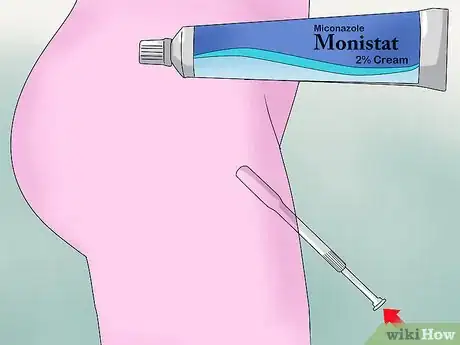

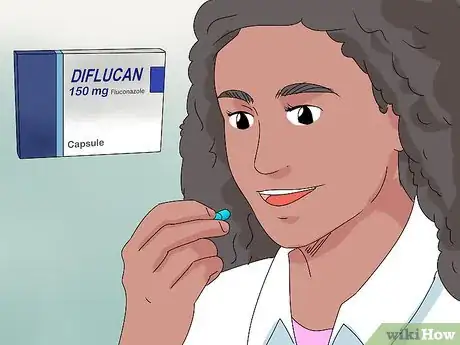

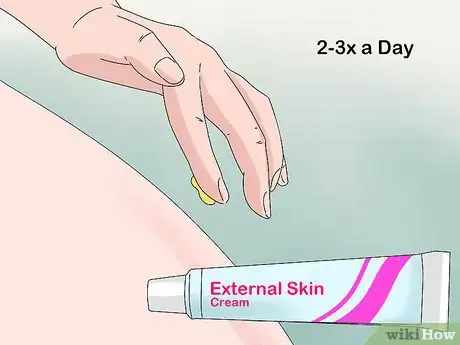
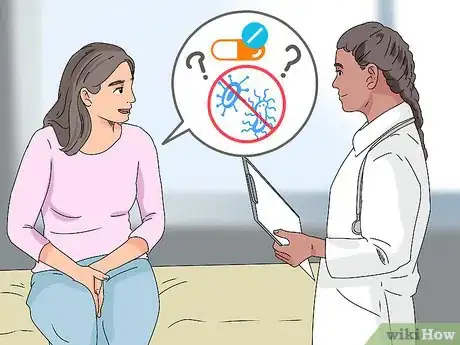
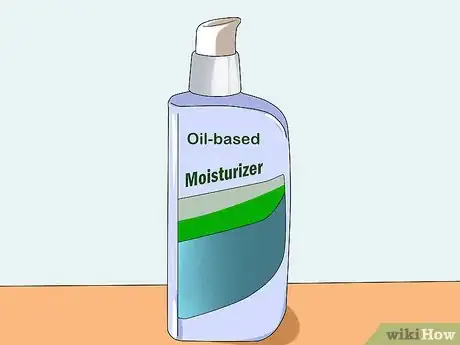

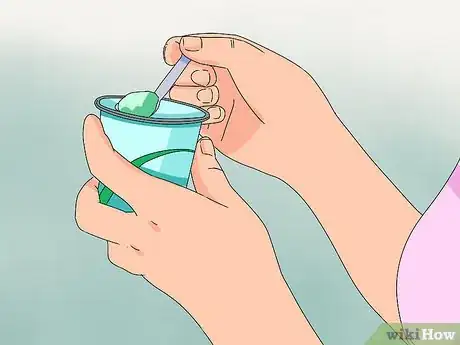
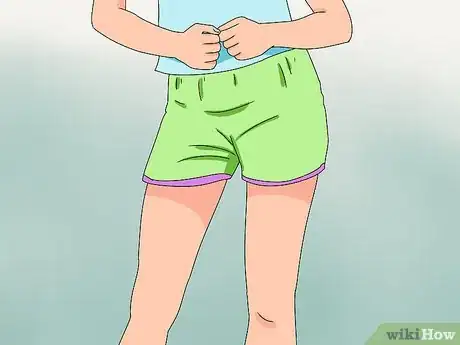


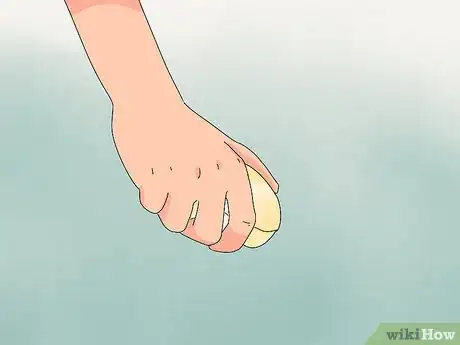
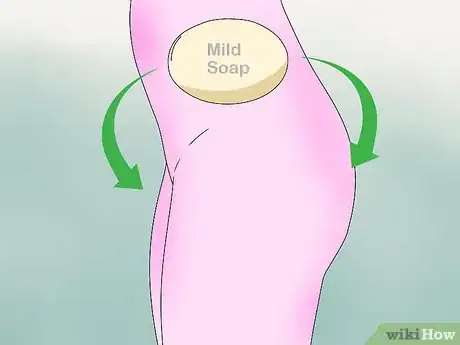

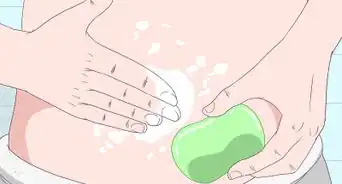






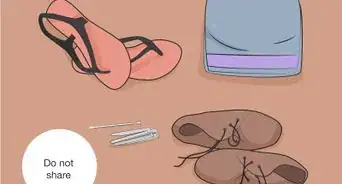
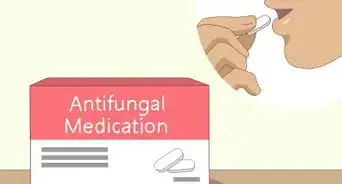

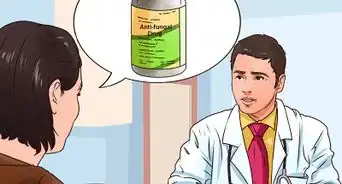
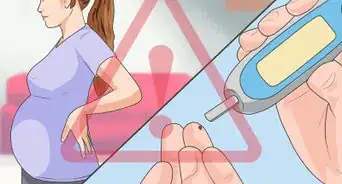
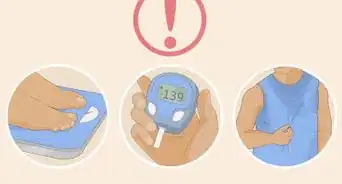









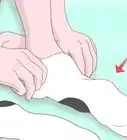

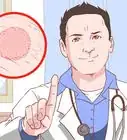



































Medical Disclaimer
The content of this article is not intended to be a substitute for professional medical advice, examination, diagnosis, or treatment. You should always contact your doctor or other qualified healthcare professional before starting, changing, or stopping any kind of health treatment.
Read More...